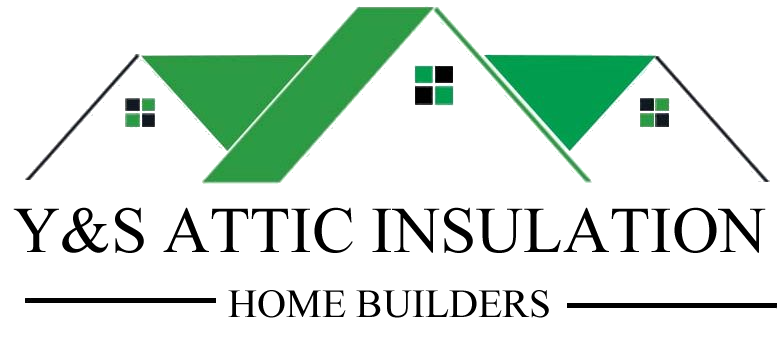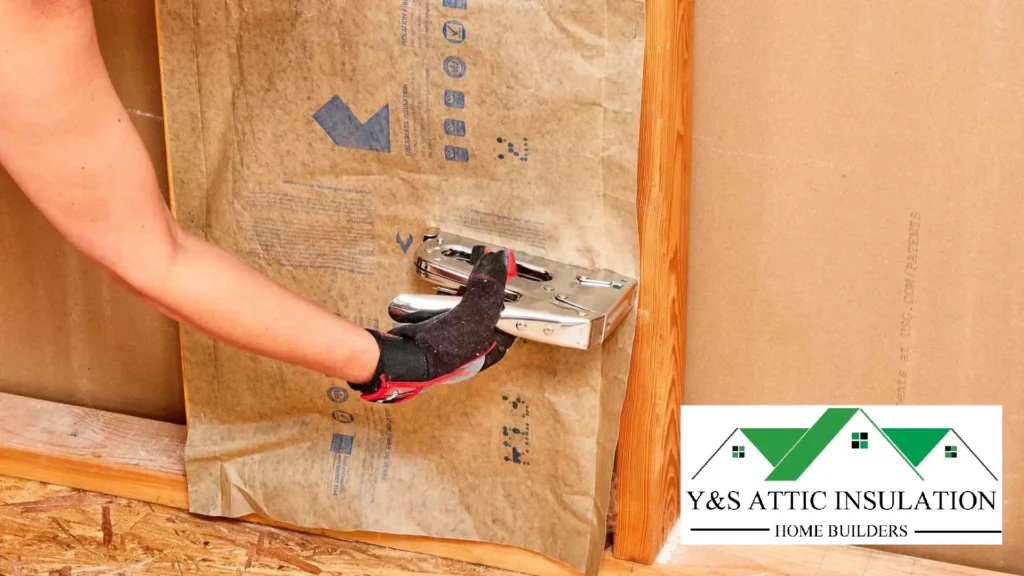Key Factors in Selecting Insulation Material
Selecting the right insulation material is crucial for effective insulation installation. The type of insulation you choose can impact your home’s energy efficiency, comfort, and overall performance. Here’s what you need to consider.
1. R-Value and Thermal Performance
The R-value measures the insulation’s effectiveness at resisting heat flow. Higher R-values indicate better thermal performance.
Understanding R-Value
For optimal insulation installation, choose materials with an R-value suited to your climate and the specific area being insulated. For instance, attics and walls might require different R-values based on their exposure to the outside environment.
2. Insulation Material Types
Different types of insulation materials offer varying benefits and drawbacks.
Fiberglass Insulation
Fiberglass is a popular choice due to its affordability and ease of installation. It provides good thermal resistance and is available in batts, rolls, and loose-fill forms.
Foam Board Insulation
Foam board insulation provides high R-values and is ideal for areas where space is limited. It’s also resistant to moisture, making it suitable for basement walls and other damp areas.
Spray Foam Insulation
Spray foam insulation expands on application, filling gaps and creating an effective air seal. It’s ideal for hard-to-reach areas and provides excellent insulation and air sealing properties.
3. Moisture Resistance
Moisture can compromise the effectiveness of insulation and lead to issues like mold growth.
Selecting Moisture-Resistant Insulation
When considering insulation installation, choose materials that are resistant to moisture, especially for areas prone to dampness, such as basements and crawl spaces. Materials like spray foam and foam board offer superior moisture resistance compared to others.
4. Installation Considerations
Different insulation materials require different installation methods.
Ease of Installation
Some insulation types, like fiberglass batts, are easier for DIY installation, while others, like spray foam, often require professional expertise. Choose a material that aligns with your comfort level and installation capabilities.
5. Cost and Budget
The cost of insulation materials can vary widely.
Balancing Cost and Performance
While it’s tempting to choose the cheapest option, it’s essential to balance cost with performance and long-term savings. Investing in high-quality insulation can lead to better energy efficiency and reduced utility bills over time.
Making an Informed Decision
In summary, by considering these factors, you can make an informed choice for your insulation installation project. Whether upgrading existing insulation or starting from scratch, selecting the right material will enhance your home’s energy efficiency and overall comfort.
Learn more about Insulation installation:
Top Mistakes to Avoid in Insulation Installation: A Comprehensive Checklist

